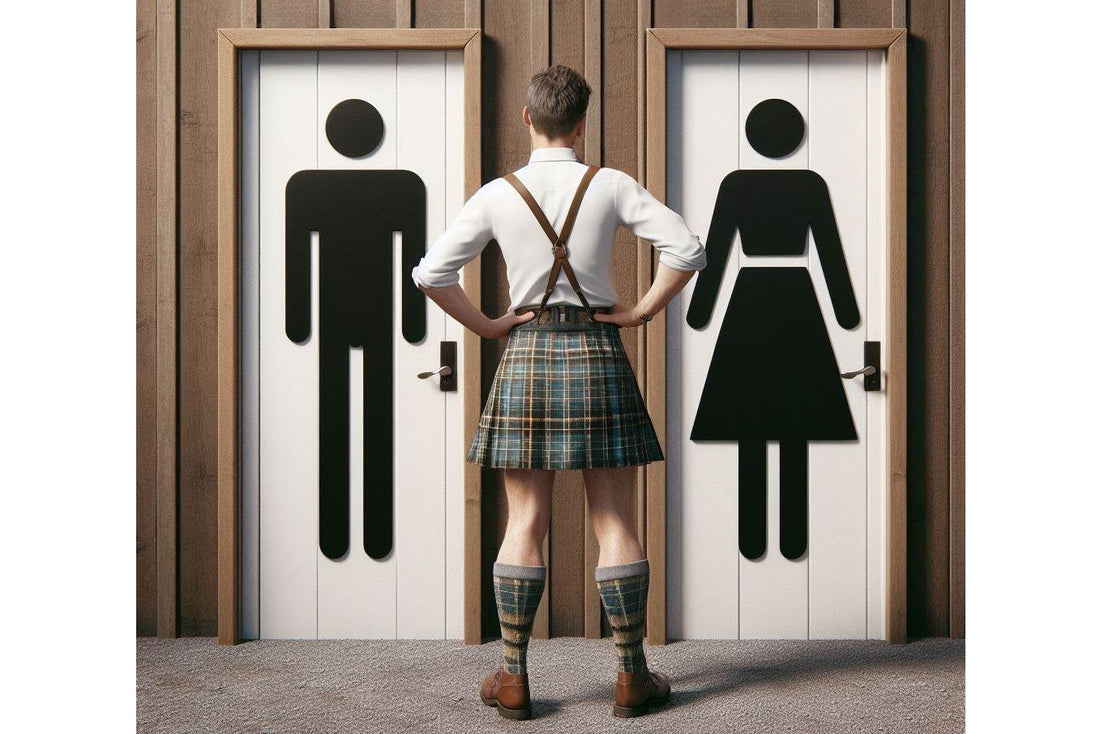
The Absurdity and Influence of Restroom Symbols
Share
In the daily choreography of public life, washroom signs hold a mundane yet potent role. With a glance, we navigate spaces divided by gender, guided by stick figures. The woman is depicted with a dress (or cape?), and the man without.
These icons, ingrained in western infrastructure and beyond, silently communicate norms and expectations around gender.
From a young age, we’re conditioned to associate certain garments with specific genders. The skirt-clad figure represents femininity, while the ‘naked’ one signifies masculinity—and that masculine is somehow default (ie. crosswalk lights, transportation icons, sports logos).
Consciously or subconsciously, the symbols nudge us to conform. The "woman" symbol perpetuates the idea that clothing defines gender identity—and that women, not men, should put effort into their appearance.
The symbols are clearly outdated, but are they too deeply entrenched? The women’s rights movement and their shift into pants didn’t seem to affect the icons. Will the proliferation of skirted men have an impact?

Either way, society today isn’t ready to make all bathrooms gender neutral with a simple ‘Toilet’ sign. So, what alternatives are there? Anatomy based signs like this one might create more confusion, especially for some trans and intersex individuals who might not fit strictly under male or female. Simple ‘Men’ and ‘Women’ signs take the focus off attire, but only for those who can read English—and it’s not restroom specific. See the infographic below for what countries around the world have used.

Washroom icons came from western culture and keep reinforcing its traditions. It became comically obvious how affected our culture is, when asking AI to create the images above. It had an even harder time illustrating a woman in pants than it did with putting a man in a skirt.
Despite how illogical restroom symbols can be, we likely have a positive association with them, based on how relieving it is to find one when in need. All the more reason to take a critical eye, question our narratives, and keep challenging the norms around us.
Here's an infographic from Naag Tag on restroom symbol history, usage, and alternatives (not sure why 'guys' was used—it comes back to 'masculine is default'):
Share




